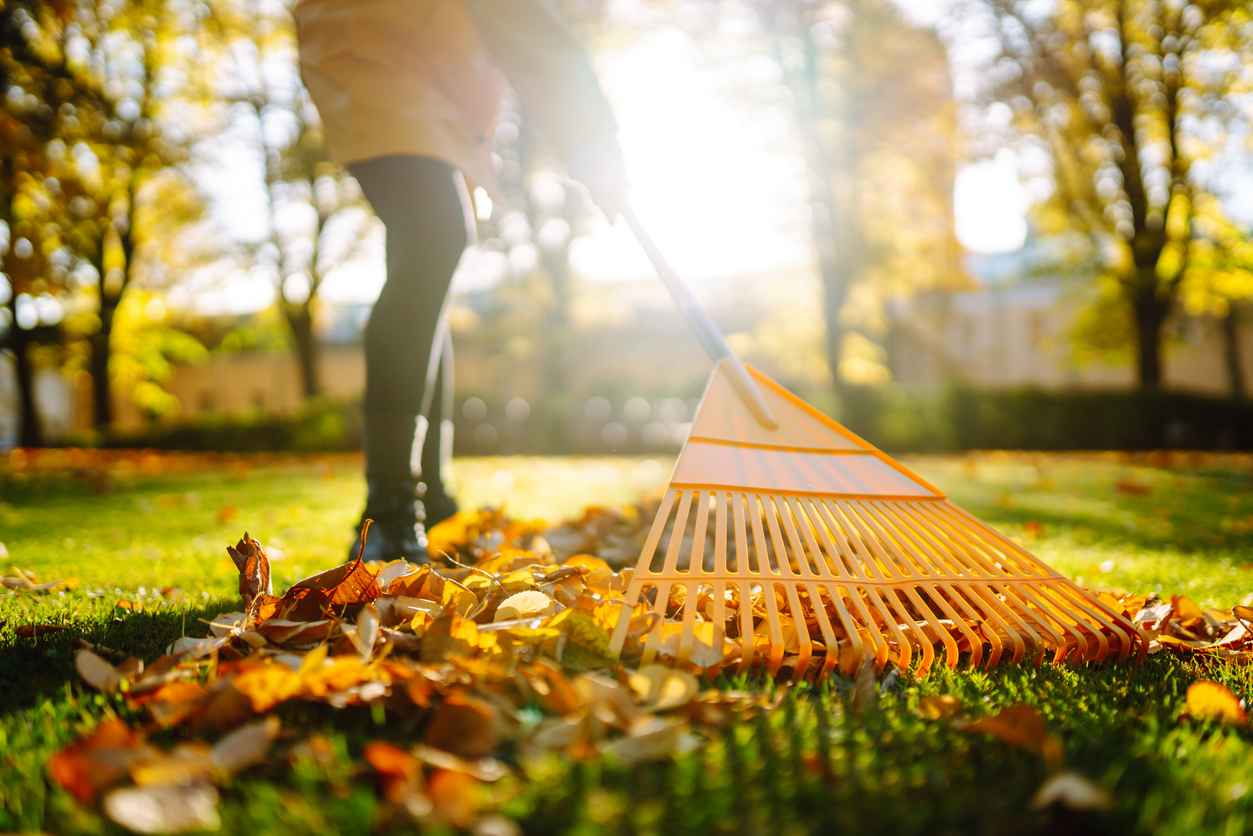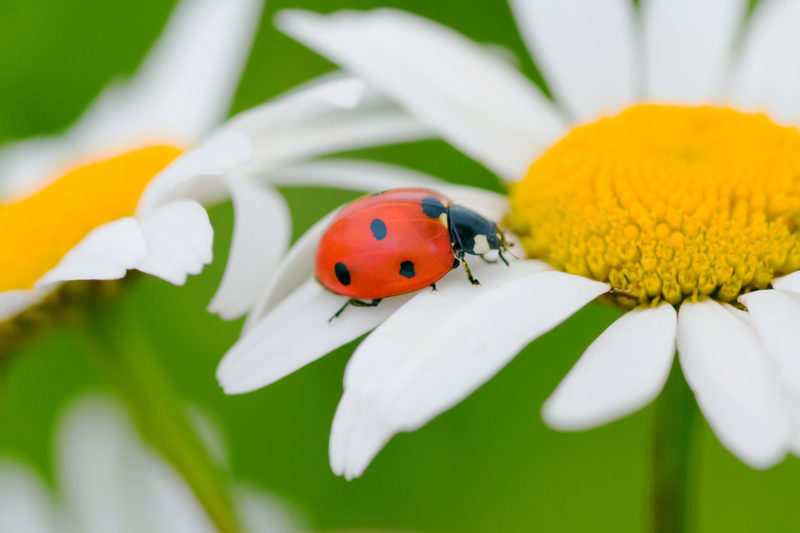
5 Beneficial Insects You Want Near Your Garden
April 5, 2018
When you think about having bugs in your garden, you probably have an image of leaves that are half eaten and fruit that is rotting and filled with holes.
Yes, there are bugs that can ruin your garden and eat all of its contents.
No, not all bugs do this.
Some bugs are actually beneficial to have — because they’ll EAT the bad bugs!
1. Lady Beetles
Commonly referred to as the “ladybug.”
Feeds On: Adult lady beetles will eat aphids, mites, and mealybugs. However, it’s their larvae that feed the most on these bad bugs.
Plant: Dill, fennel, and angelica.
2. Ground Beetles
Nocturnal; large in size.
Feeds On: Slugs, snails, caterpillars, select species of worm, select species of maggot
Plant: A large number of perennials to provide them with enough shelter for during the day.
3. Damsel Bugs
Not seen very often.
Feeds On: Aphids, leafhoppers, small caterpillars
Plant: Hard to attract unless you’re growing a lot of alfalfa. The best way to have them in your garden is to capture them with sweep nets near an alfalfa garden, and then release them in your garden.
4. Lacewings
As the name suggests, these flying pests have very large, clear wings.
Feeds On: Aphids, caterpillars, mealybugs
Plant: Sweet alyssum, angelica, coreopsis
5. Soldier Beetles
Feeds on harmful, harmless, and beneficial insects.
Feeds On: Aphids, caterpillars, and a wide array of other insects (both good and bad).
Plant: Hydrangea, catnip, goldenrod
—
For the health of your garden, it’s important to have the right types of bugs inhabiting your property.
For those looking for professional help when it comes to property maintenance and design services, we can help transform your property into the best one on the block!
Recent News
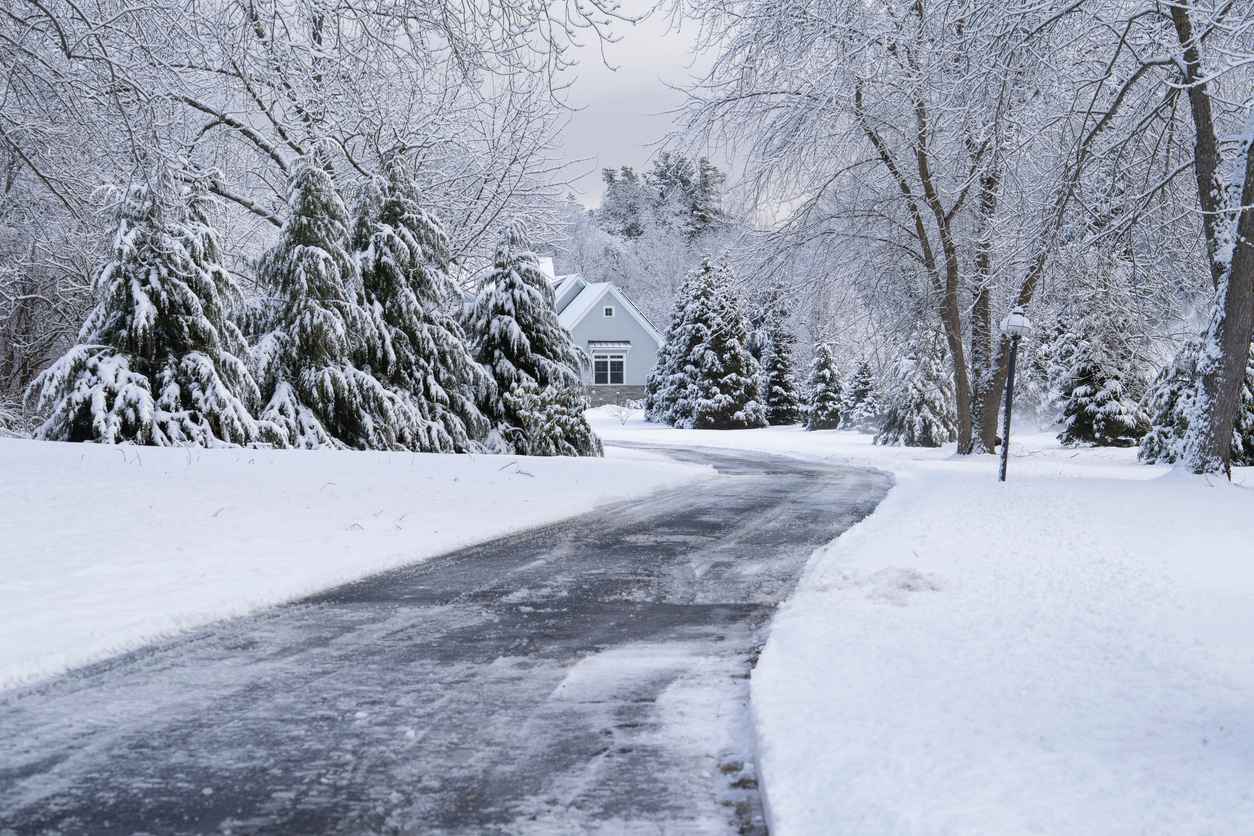
How Freeze–Thaw Cycles Impact Your Hardscape
December 31, 2025

The Best Winter Activities to Enjoy on Your Backyard Ice Rink
December 18, 2025
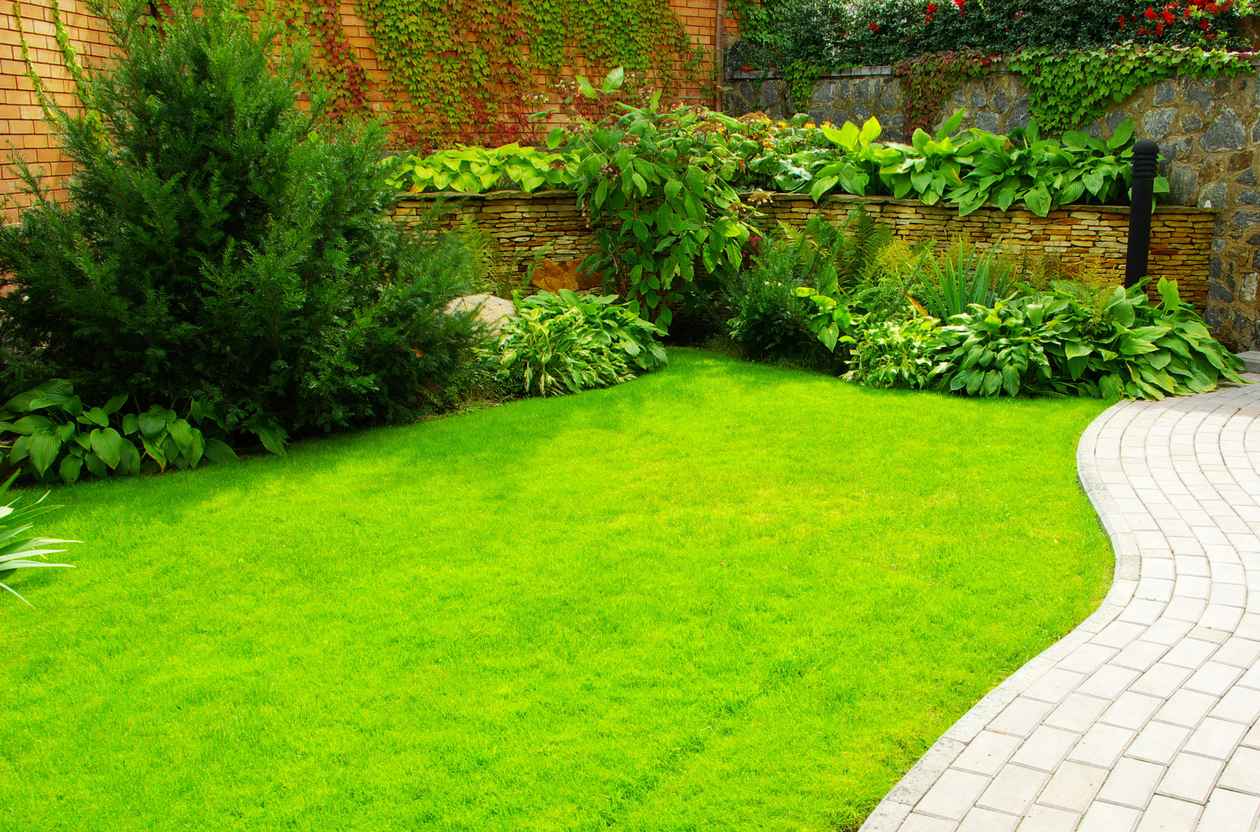
Why a Well-Maintained Landscape Adds Value Year-Round
November 20, 2025

Perennials to Plant This Fall for a Vibrant Spring Garden
November 17, 2025
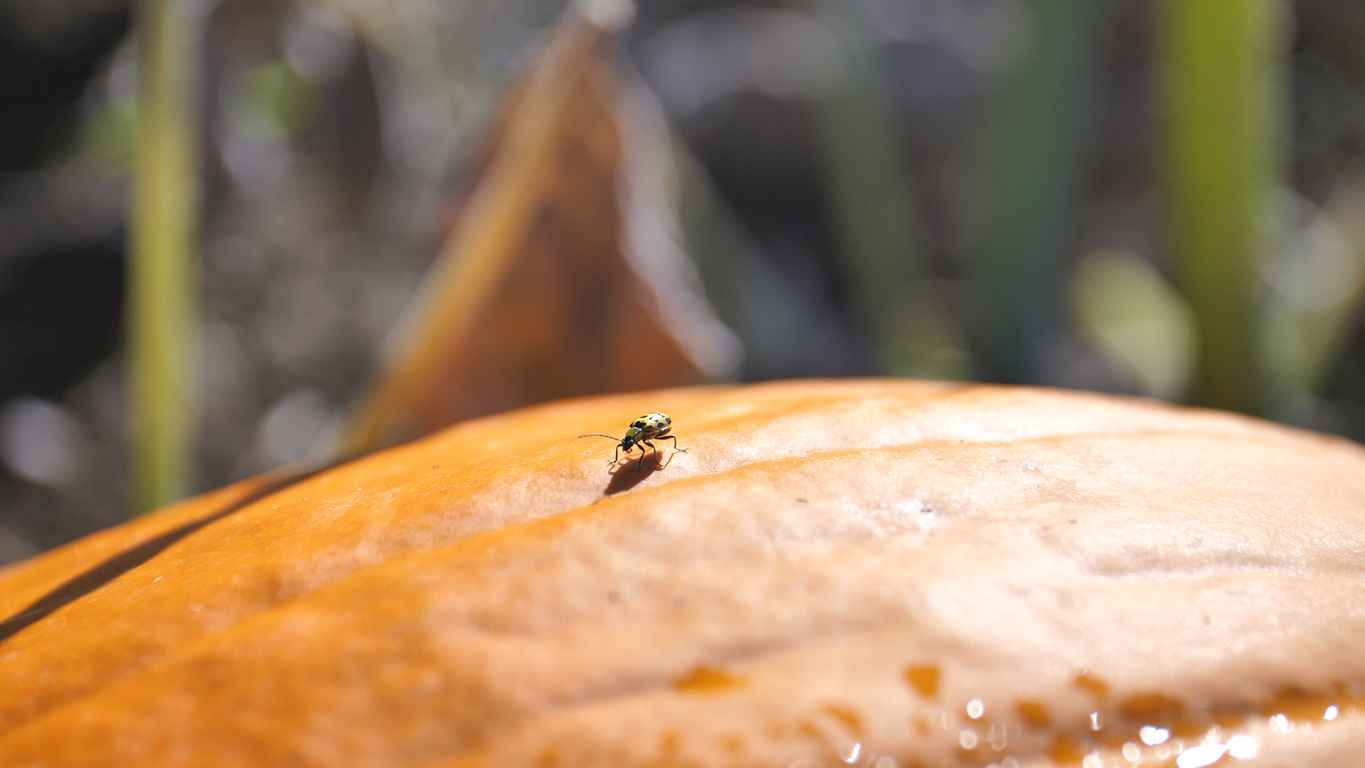
Seasonal Pest Control Tips for Fall Landscaping
October 30, 2025
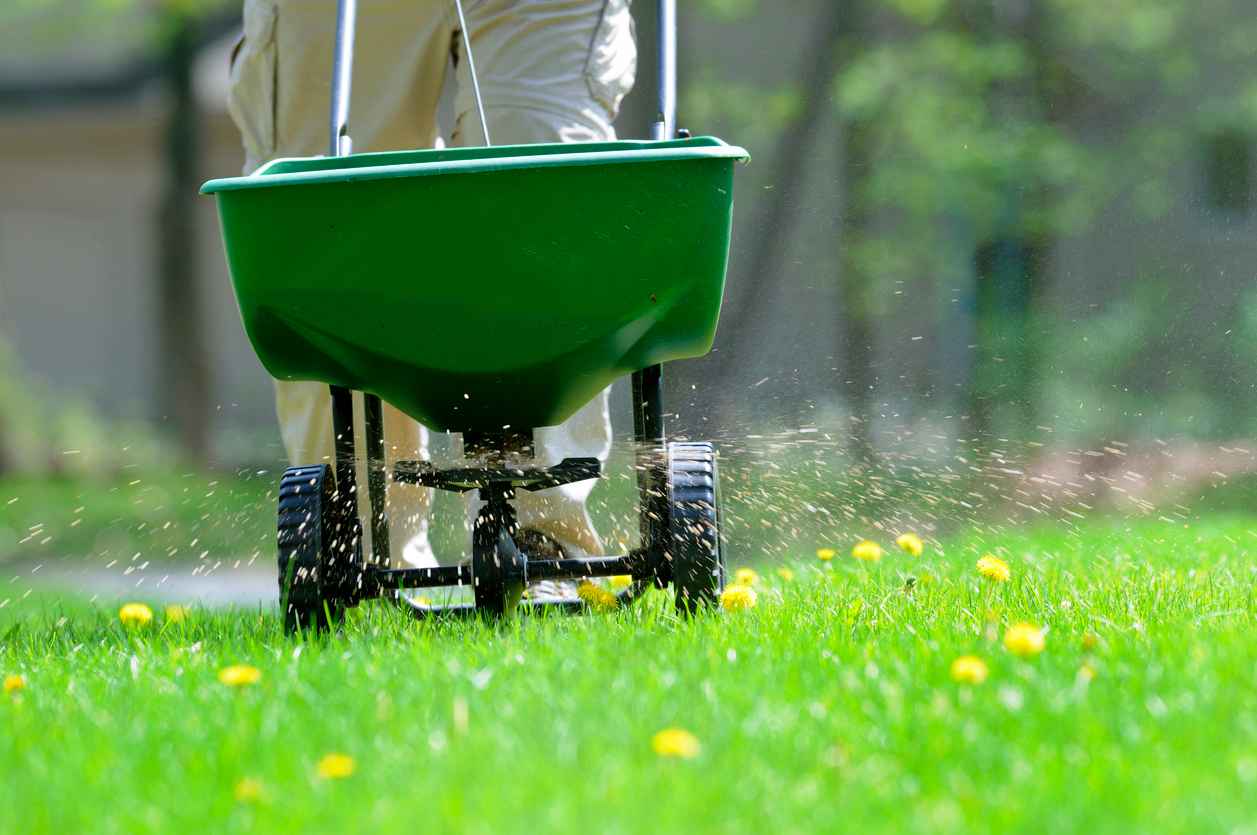
Fall Lawn Care: Fertilizing, Aeration, and Overseeding Tips
October 17, 2025
